Introduction
Navigating the complexities of a business turnaround demands strategic foresight, meticulous planning, and unwavering execution. This comprehensive guide delves into the essential steps for transforming a struggling business into a thriving enterprise. From conducting a thorough assessment of the current situation to identifying specific areas for improvement, the article offers concrete solutions that drive operational efficiency and cost reduction.
It underscores the importance of developing a robust turnaround plan, cutting costs strategically, and maintaining effective communication with all stakeholders. Assembling a dedicated team, prioritizing financial discipline, and executing the turnaround plan with agility and persistence are also key focal points. By following these actionable insights, CFOs can steer their organizations toward sustainable growth and profitability.
Assess the Current Situation
Carrying out a comprehensive evaluation of your organization's current condition is essential. Start by meticulously reviewing financial statements, including the balance sheet, income statement, and cash flow statement. This financial scrutiny helps pinpoint underperforming assets, as illustrated by a detailed review revealing which products or services are not generating expected revenue. This clarity is fundamental to identifying areas that need immediate attention.
Next, analyze operational processes to uncover inefficiencies and areas for improvement. For example, leveraging modern Industry 4.0 technologies can significantly enhance operational efficiency and reduce costs. According to IoT Analytics, integrating data sources and optimizing key performance indicators (KPIs) such as Overall Equipment Effectiveness (OEE) can lead to substantial gains.
Market positioning is another critical area of focus. Comprehending how your enterprise stands in the competitive landscape and identifying market trends can inform strategic decisions. For instance, recent advancements in AI and other emerging technologies are not just improving productivity but also opening new avenues for growth and innovation. Investors rank technological change as a top priority, influencing how companies create and capture value.
Engaging with employees and stakeholders is equally important. Their insights and perspectives on existing challenges can provide invaluable context. For example, manufacturing companies undergoing digital transformations have reported significant learnings, such as the importance of aligning operational goals with efficiency and cost savings.
Ultimately, setting key performance indicators (KPIs) that indicate the vitality of your enterprise is essential. These should encompass both financial metrics like EBITDA and free cash flow, as well as operational metrics tailored to your industry. This comprehensive understanding forms the foundation for effective recovery efforts, driving better asset utilization and long-term profitability.
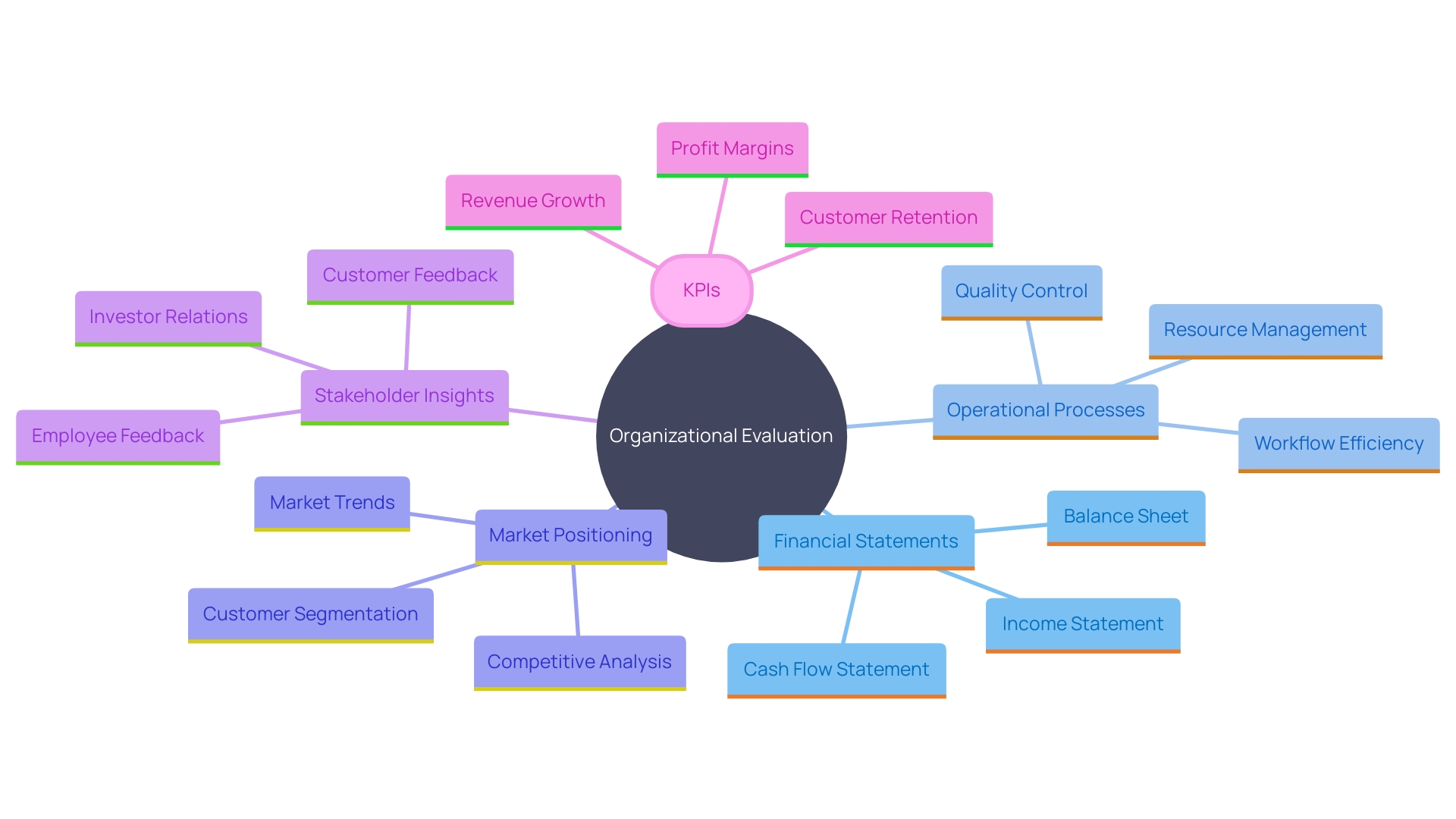
Identify Areas for Improvement
After assessing the current situation, it is crucial to identify specific areas that need improvement. This involves looking for inefficiencies in operations, declining sales, or rising costs. For example, an annual employee survey at AT&T revealed deep frustration with the company’s outdated tools, processes, and systems, prompting a thorough review and subsequent action. Solicit feedback from teams to uncover pain points affecting morale and productivity. Prioritize these issues based on their impact on overall performance and potential for improvement. As seen with Travel Charme Strandhotel Bansin, streamlining operations can significantly enhance productivity and guest satisfaction. By concentrating on operational efficiency, organizations can attain improved outcomes with fewer resources, ultimately enhancing productivity and profitability.
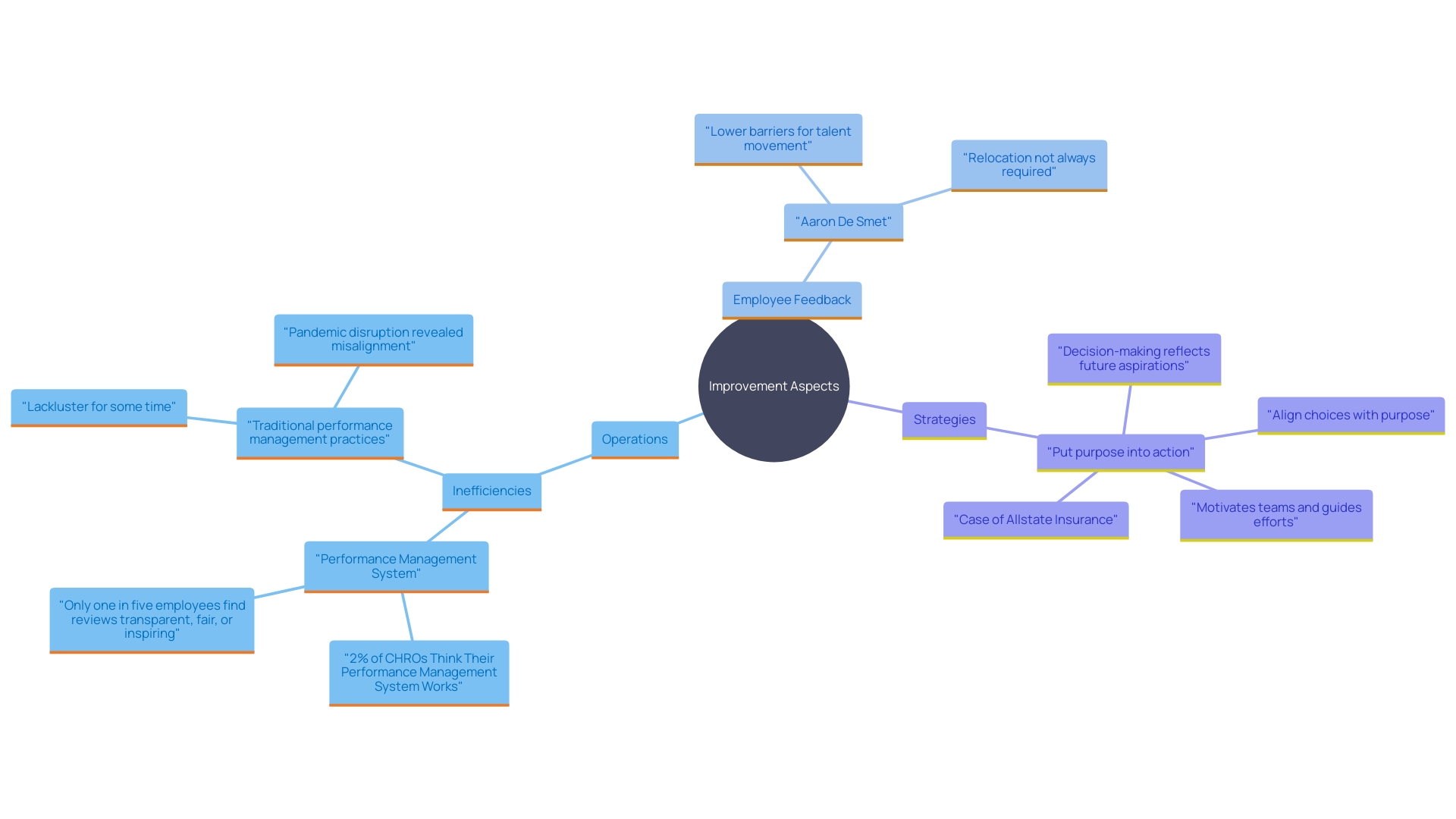
Develop a Comprehensive Turnaround Plan
To achieve a successful organizational turnaround, it is essential to develop a thorough strategy that outlines clear goals, timelines, and duties. Begin by conducting a thorough evaluation of the current state of your business through a SWOT analysis to identify strengths, weaknesses, opportunities, and threats. This foundational step will provide clear insights into areas requiring improvement.
The action strategy should be structured as a detailed blueprint, outlining each step required to move from the current status to the desired state. It's essential to define realistic, actionable steps that align with available resources. For example, the City of Thunder Bay effectively utilized a grant to enhance their Asset Management Plan, demonstrating the importance of leveraging existing resources for improvement initiatives.
Include measurable objectives within the strategy to track progress. These metrics should be regularly reviewed and adjusted as necessary to ensure alignment with the overall turnaround strategy. Based on research by Bryan Solis, 79.7% of companies must modify their approaches every two to five years to remain competitive, emphasizing the significance of adaptability in your strategy.
Ultimately, successful conveying of the plan to all stakeholders is crucial. The City of Thunder Bay's success in involving staff and the public with their roadmap highlights the importance of clear and consistent exchanges in driving collective effort towards shared goals.
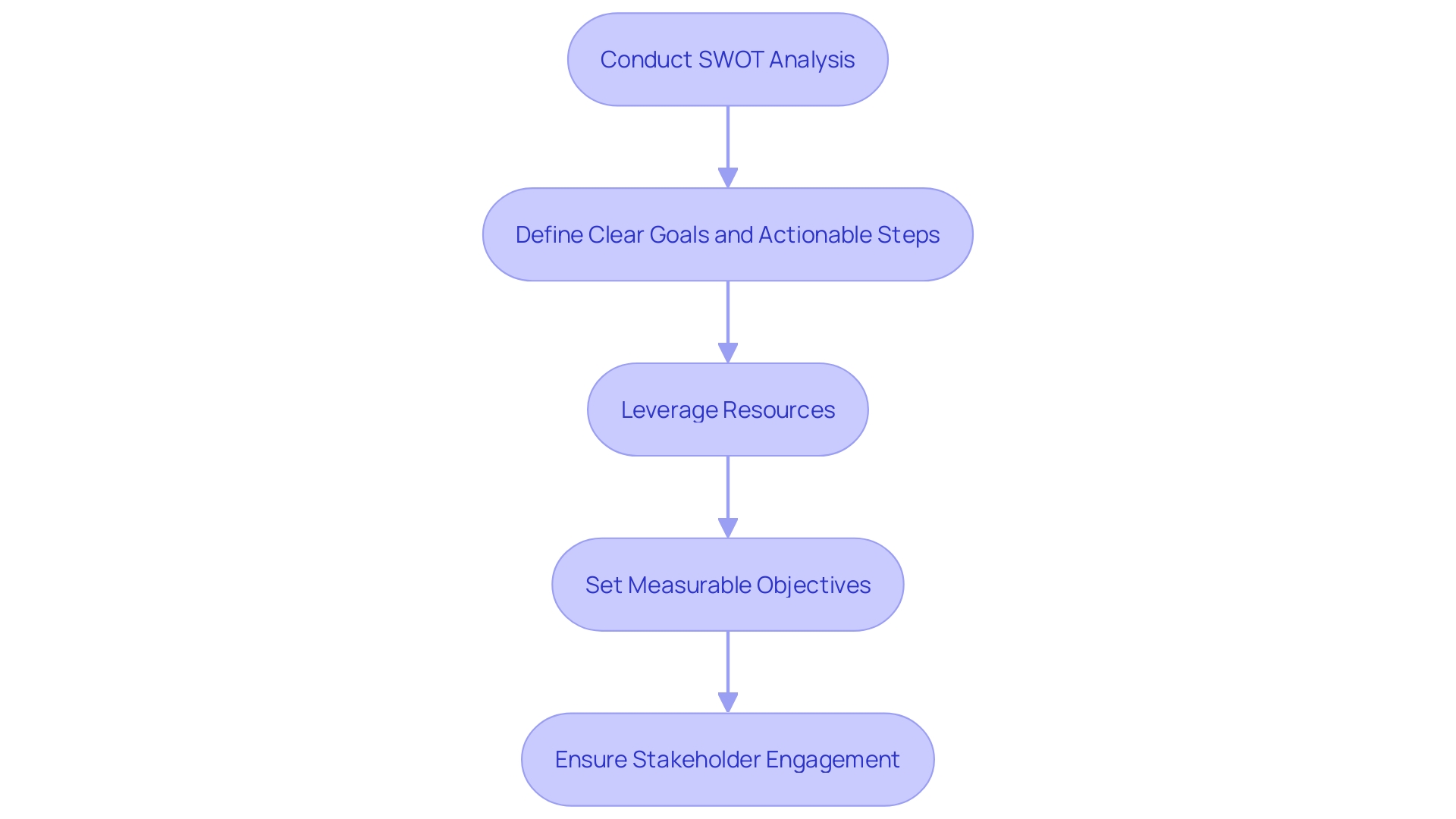
Cut Costs and Improve Efficiency
Identify opportunities to reduce costs without sacrificing quality by employing strategic measures. Streamline operations by eliminating redundancies and optimizing resource allocation. Implement technology solutions that boost productivity, such as cloud-based interaction systems to enhance flexibility and connectivity. For example, Ty, a prominent toy producer, shifted from a 15-year-old messaging system to a cloud-based solution, saving 200 hours each month and enhancing operational efficiency. Consider renegotiating contracts with suppliers or exploring alternative sourcing strategies to improve margins. Delivery Hero, a global delivery platform, tackled inefficiencies by automating account recovery processes, reducing downtime and enhancing employee productivity. Embrace digitization, automation, and AI, as these technologies are pivotal in driving productivity and economic outcomes amidst slowing growth rates. By concentrating on these strategies, organizations can attain cost optimization and maintain long-term growth.
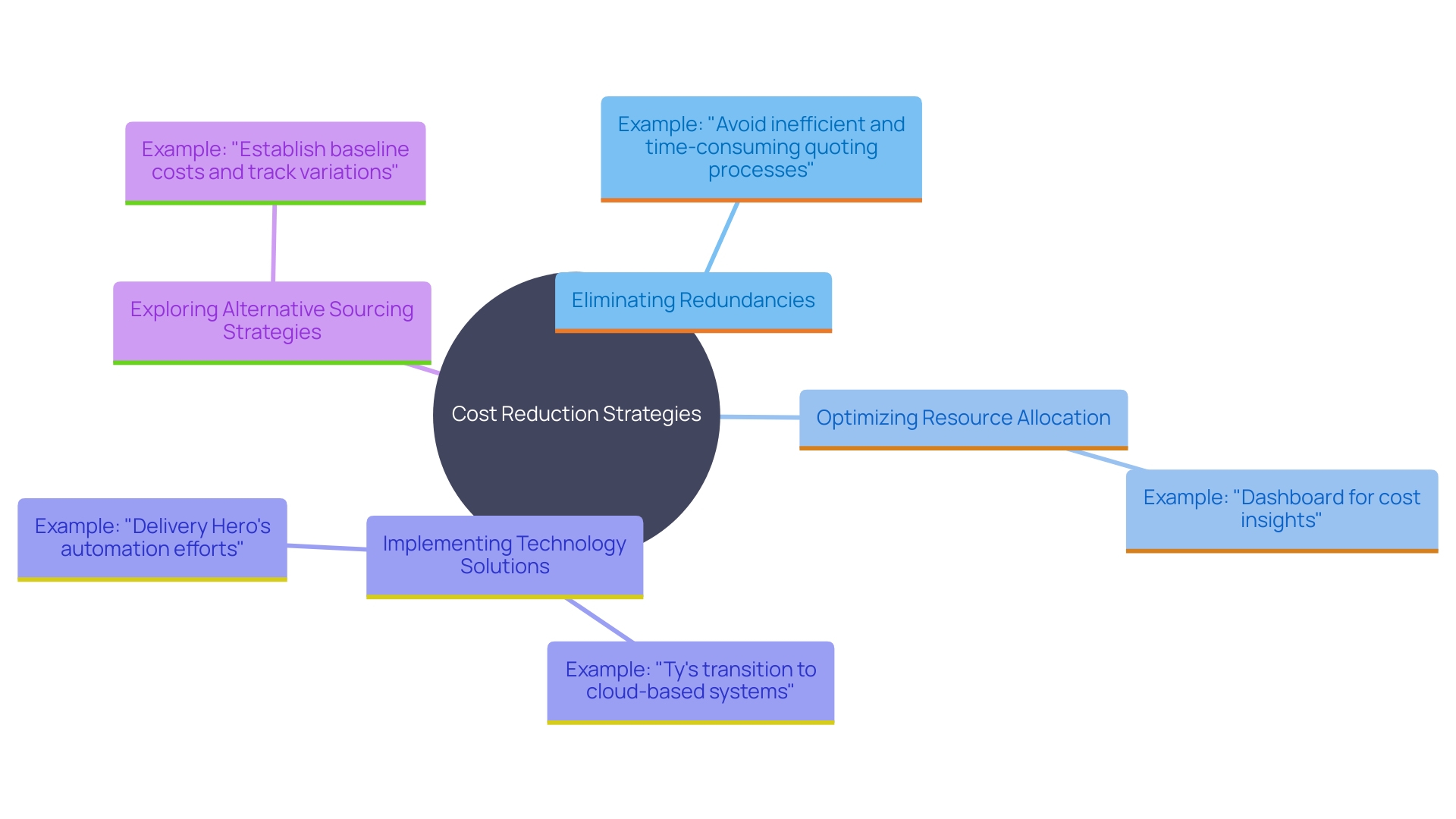
Communicate Effectively with Stakeholders
Efficient interaction with stakeholders, such as staff, clients, and investors, is vital for a successful business recovery. Start by identifying who your stakeholders are and understanding their levels of interest and influence. This approach helps customize your messaging strategy to address their specific concerns and expectations.
Clearly articulate the turnaround plan, explaining the reasons behind key decisions and the anticipated outcomes. Transparency is essential to build trust and alleviate the uncertainty that often accompanies significant changes. Regular updates on progress, challenges, and next steps are vital. This not only keeps stakeholders informed but also engages them in the process, fostering a collaborative environment.
Incorporate feedback loops where stakeholders can voice their concerns and suggestions. This two-way interaction ensures that you are aware of potential issues early on and can address them promptly. For example, during the restructuring of Joan Beets Company, acknowledging the workforce's anxiety about job security and changes in work culture was a critical part of maintaining morale and trust.
Remember, honesty and promptness in conveying messages are essential. Just like ripping off a Band-Aid quickly, delivering bad news swiftly and upfront, while painful initially, is often appreciated in the long run. It demonstrates respect and fosters a culture of trust. As one expert notes, 'Plan a presentation to build a relationship with your listeners. This is sometimes called ABC: audience before content.' By putting your audience first, you create value and build stronger, trust-based relationships.
In the ever-changing business landscape, maintaining open lines of communication is not just a strategy; it’s a necessity. Trust, once established, can significantly enhance stakeholder engagement and support, paving the way for a smoother transition and successful recovery.
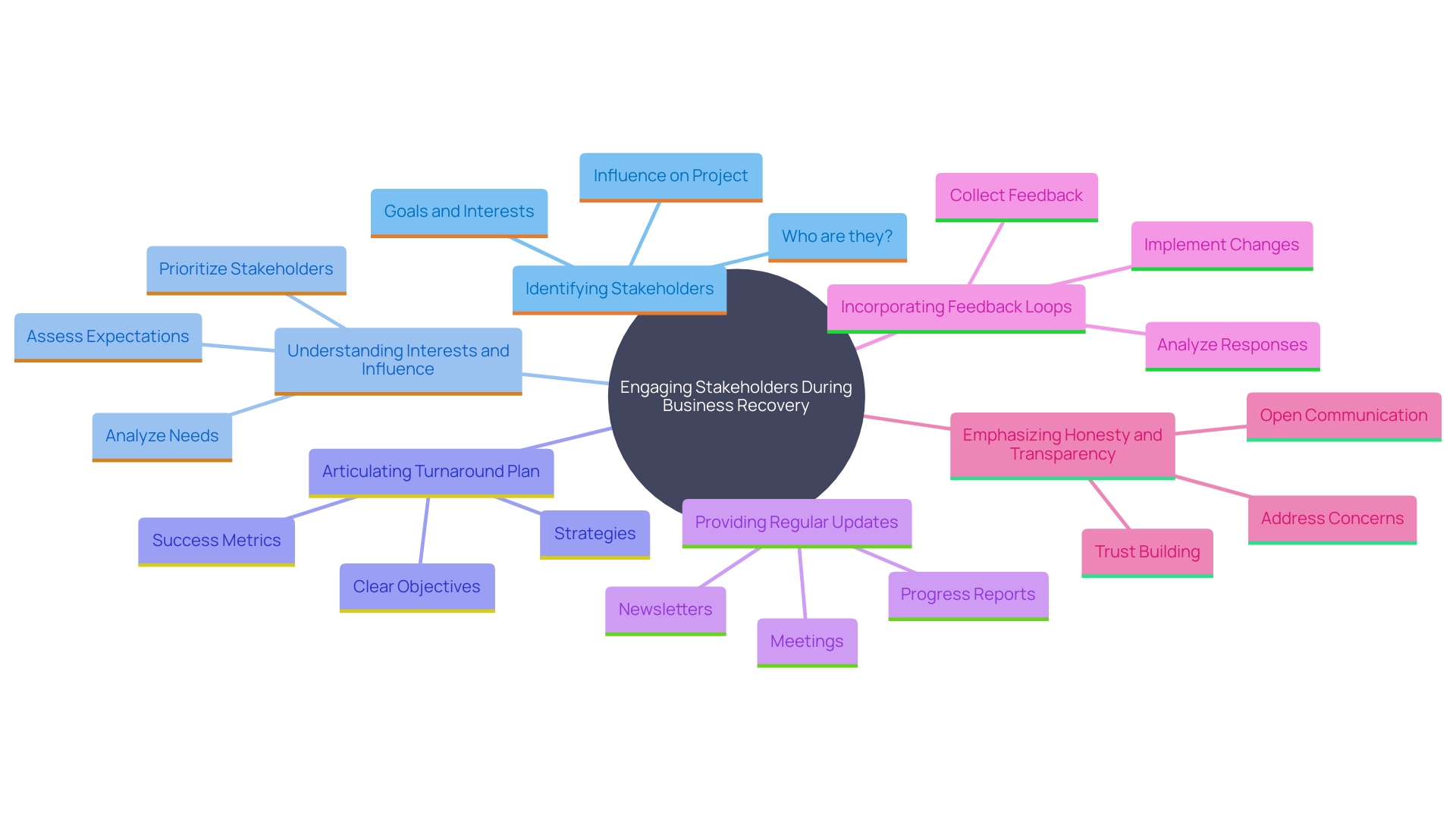
Build a Strong and Dedicated Team
Gather a dedicated group concentrated on improvement initiatives, making sure they possess the essential skills through ongoing training and development. Creating an effective operating system is crucial; it sets the foundation for collaboration, accountability, and innovation. For example, TBC Bank's agile transformation aimed to reduce organizational complexity and foster a culture of continuous improvement. Emulate such practices by establishing clear expectations, technical competencies, and collaborative norms that guide behavior. Acknowledge and reward contributions that correspond with improvement objectives to inspire and maintain high performance. 'This approach not only improves team unity but also stimulates the creation of innovative solutions essential for successful transformations.'.
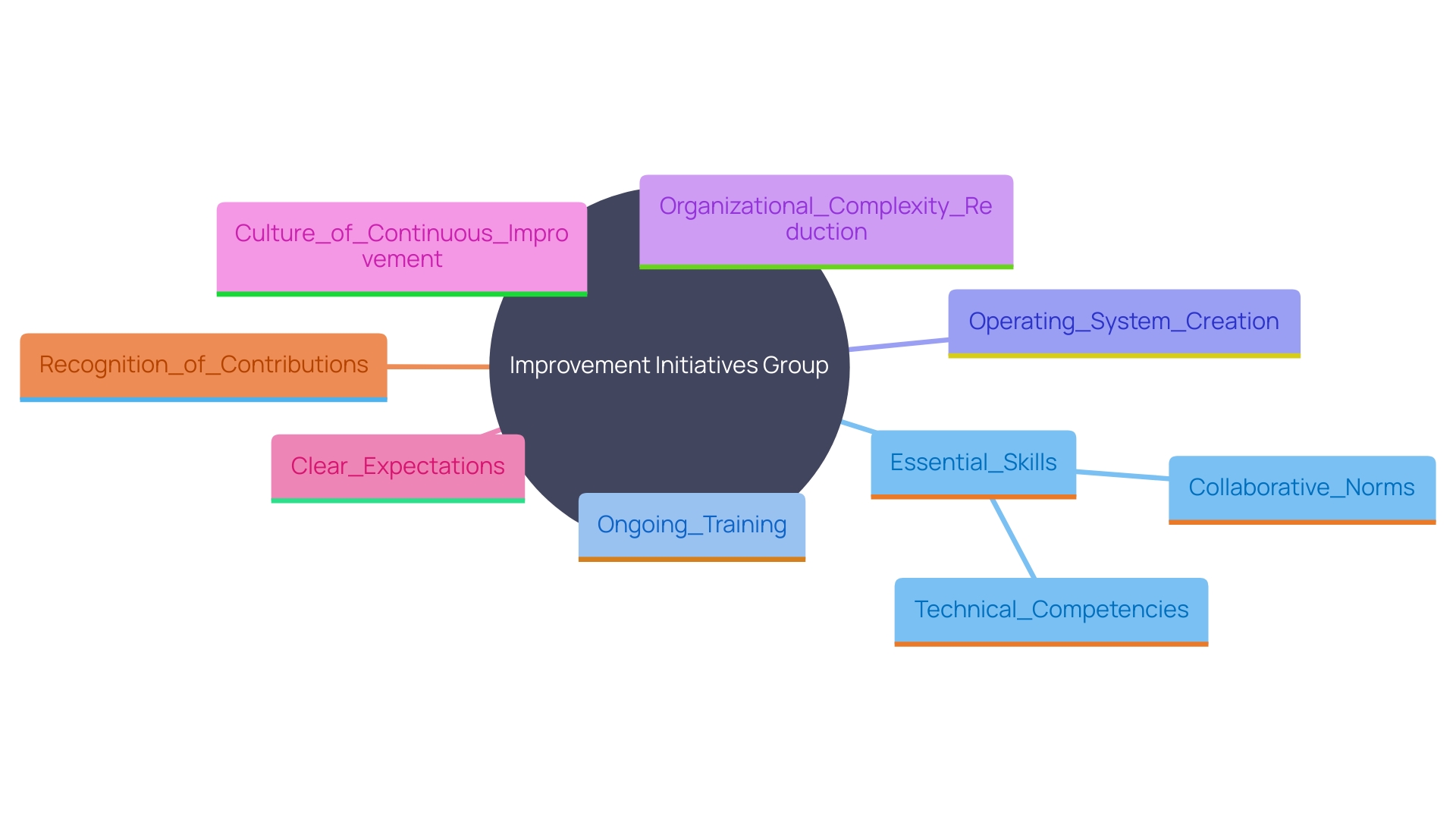
Prioritize Financial Discipline and Profitability
Maintain stringent financial discipline by closely monitoring cash flow and expenditures. Implement budgeting processes that align with your turnaround objectives, ensuring they are realistic and achievable. Regularly review financial performance by analyzing key financial statements—income statements, balance sheets, and cash flow statements—to identify trends and make informed decisions. Concentrate on profitability by exploring new revenue streams, such as launching an online store to enhance a physical establishment or investigating opportunities in high cash flow sectors like consulting or SaaS enterprises. Additionally, consider leveraging passive income sources like dividend stocks, which offer capital gains and annual cash flows. Always keep an eye out for grants that align with your business goals to secure additional funding.
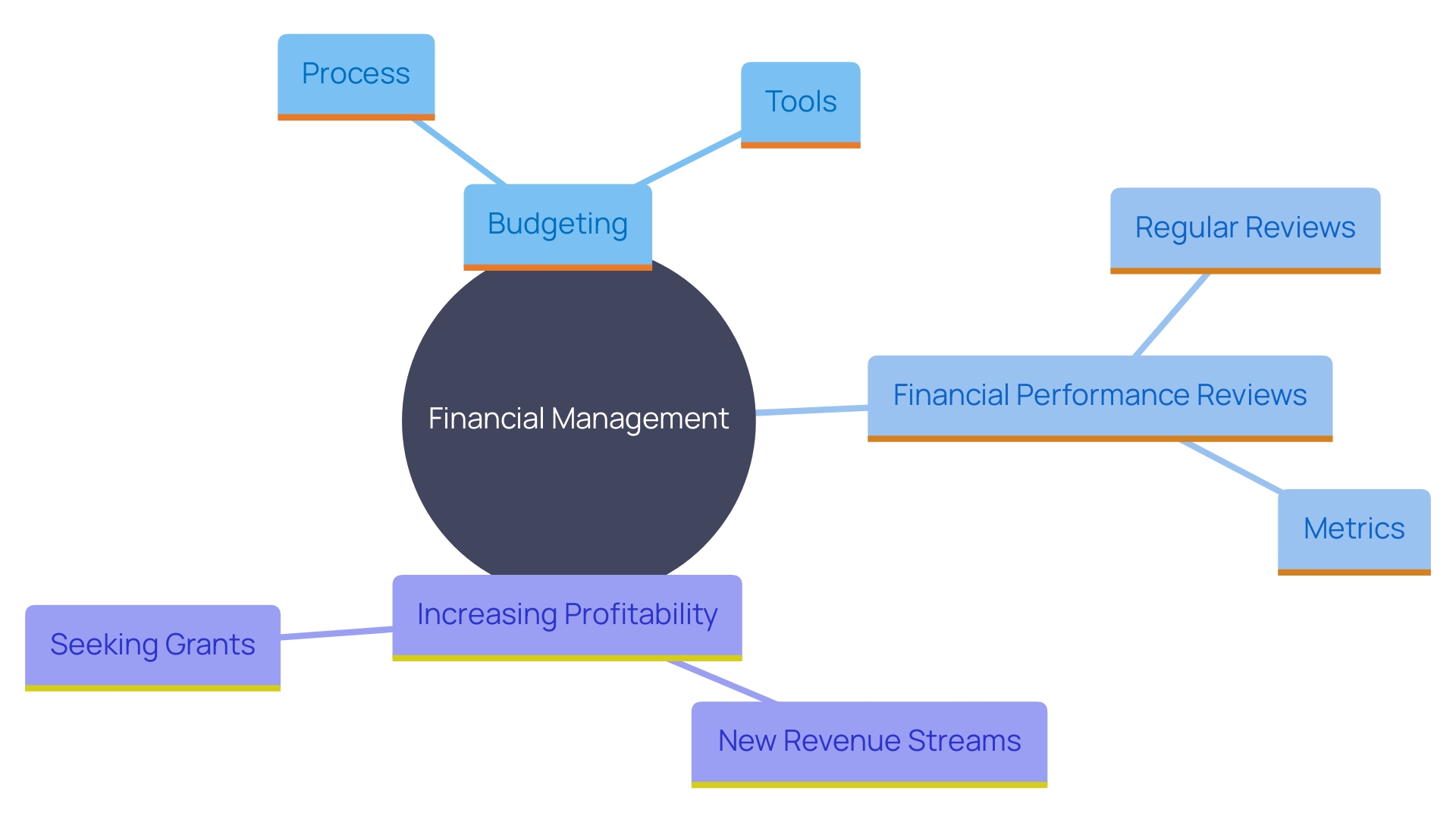
Execute the Turnaround Plan with Agility and Persistence
Implement the turnaround strategy with determination while maintaining the flexibility to adapt to evolving circumstances. Regularly monitor progress against established KPIs, and be ready to adjust strategies as necessary. Persistence is crucial; obstacles may arise, but a steadfast commitment to the plan will steer the organization toward recovery and growth. As Mathew Lehnig, a retired Navy SEAL officer, emphasized, 'The ability to be agile, adaptable, and respond quickly to change is crucial to ensuring the desired outcomes within any organization.' This approach was highlighted in the successful case of a major branded hotel, which saw substantial sales growth by leveraging its location to attract more diners. Similarly, organizations must cultivate flexibility through regular rehearsals, ensuring readiness to modify strategies when needed.

Conclusion
A comprehensive turnaround strategy is essential for transforming a struggling business into a thriving enterprise. The journey begins with a meticulous assessment of the current situation, including a thorough review of financial statements and operational processes. Identifying inefficiencies and understanding market positioning allows businesses to pinpoint specific areas that require improvement, setting the stage for strategic intervention.
Developing a robust turnaround plan is critical. This plan should encompass clearly defined objectives, measurable goals, and a structured approach to execution. By prioritizing cost reduction and operational efficiency, organizations can streamline processes and enhance productivity without compromising quality.
Effective communication with stakeholders is equally vital, ensuring that everyone is aligned with the turnaround vision and engaged in the process.
Building a dedicated and skilled team that embraces accountability and innovation will further drive success. By fostering a culture of financial discipline and adaptability, businesses can navigate challenges and seize new opportunities. Ultimately, executing the turnaround plan with agility and persistence will position organizations for sustainable growth and profitability, reinforcing the commitment to long-term success.




